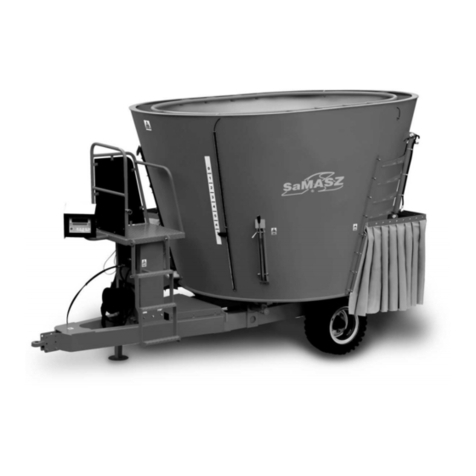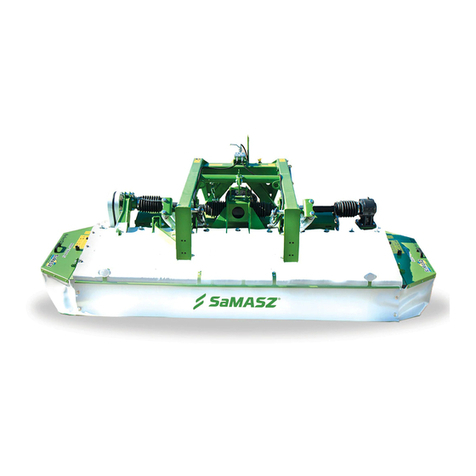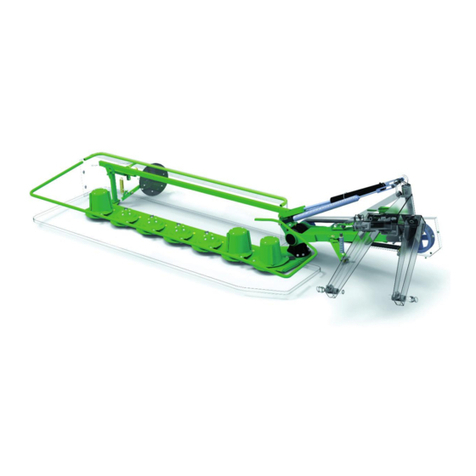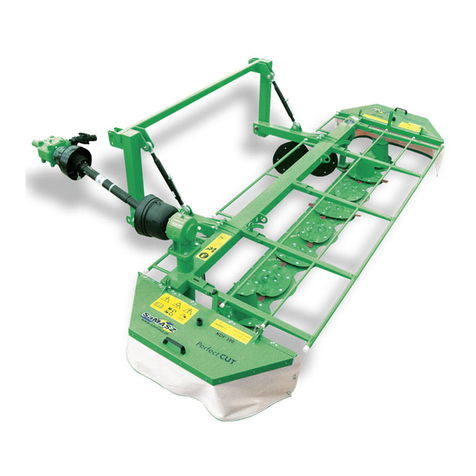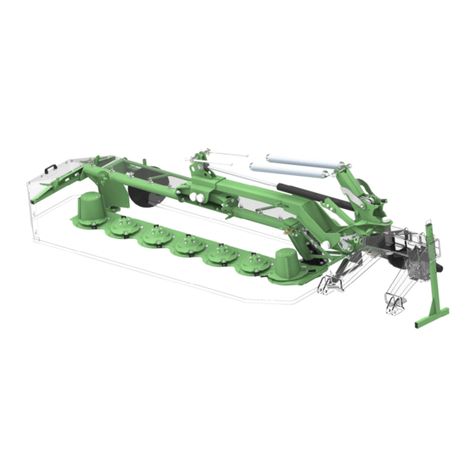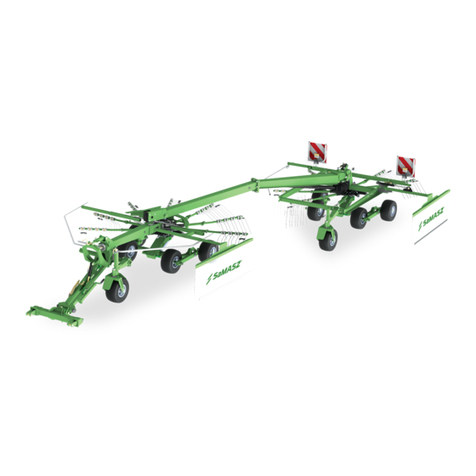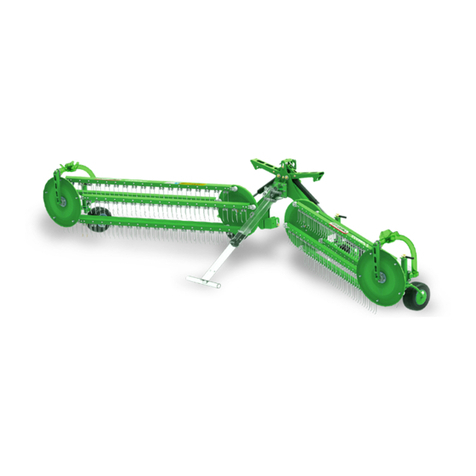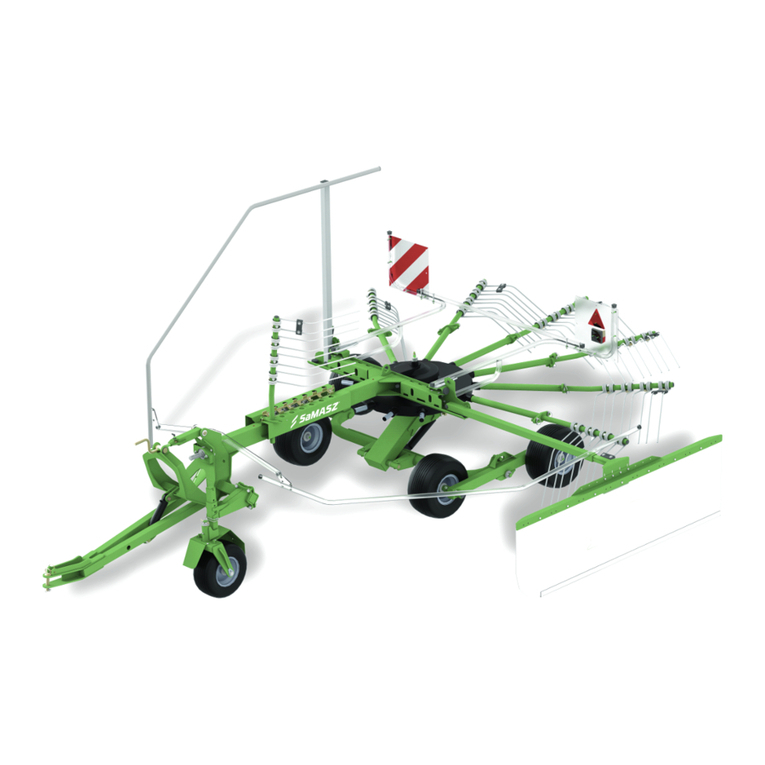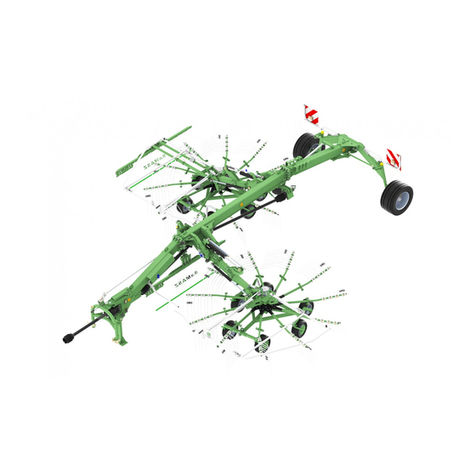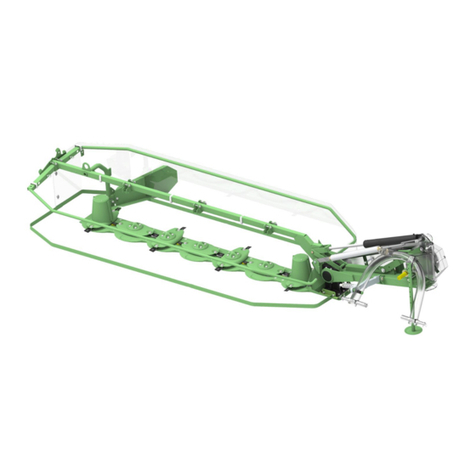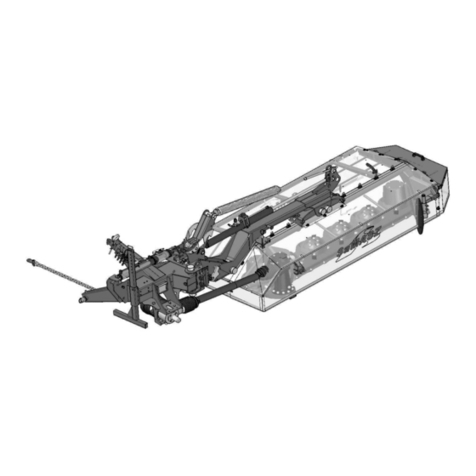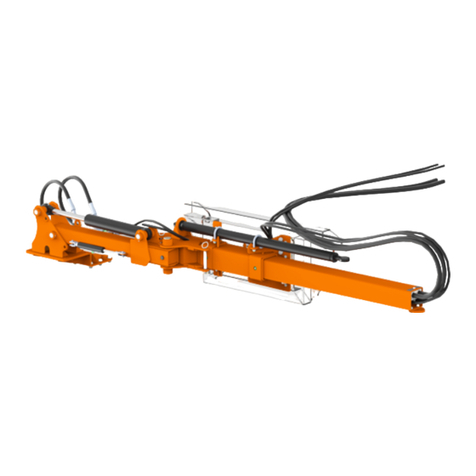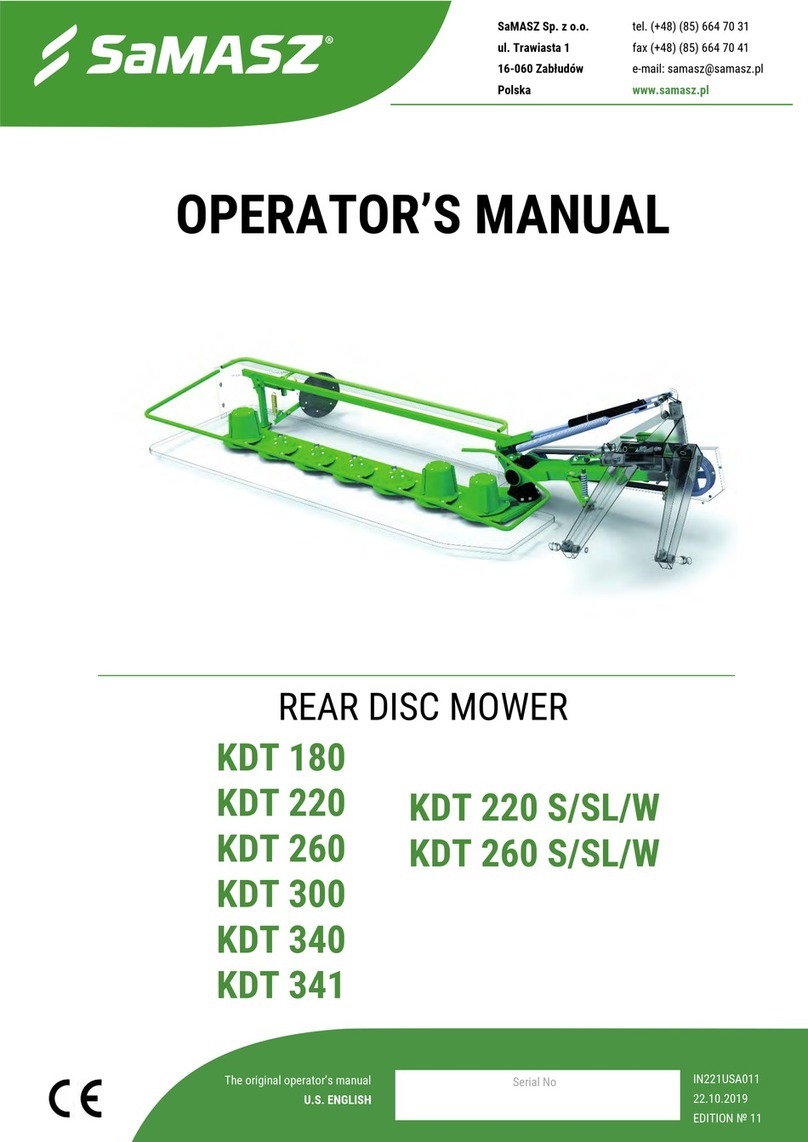
Operator’s manual
Bale wrapper
Spin
- 1 -
Table of contents page
1. IDENTIFYING THE MACHINE...........................................................................................2
2. INTRODUCTION ....................................................................................................................2
3. TECHNICAL DESCRIPTION.....................................................................................................3
3.1. Technical data ........................................................................................................................3
3.2 Wrapping machine construction ............................................................................................4
3.3. Intended use ...........................................................................................................................4
3.4. Standard equipment and spare parts.......................................................................................5
4. SAFETY PRECAUTIONS............................................................................................................5
4.2. Hazards...................................................................................................................................6
4.3. Transport................................................................................................................................7
4.4. Driving on public roads..........................................................................................................8
4.5. Warning signs and their meanings.........................................................................................8
5. DRIVE OPERATION..................................................................................................................11
5.1. Drive coupling.........................................................................................................................11
5.2. Disconnecting the drive........................................................................................................11
6. COMMISSIONING.....................................................................................................................11
6.1. Commissioning of the counter .............................................................................................12
7. CONTROLS AND ONGOING ADJUSTMENT.................................................................12
7.1. Location of the controls .......................................................................................................12
7.2. Location of ongoing adjustment points................................................................................13
8. WRAPPING MACHINE OPERATION..............................................................................14
8.1. Installing the film.................................................................................................................14
8.2. Hydraulic system..................................................................................................................15
8.3. Wrap counter........................................................................................................................15
8.4. Wrapping..............................................................................................................................17
8.5. Unloading the wrapped bale ................................................................................................18
8.6. Drive chain adjustment ........................................................................................................19
8.7. Finishing work .....................................................................................................................19
9. REGULAR INSPECTION.....................................................................................................20
9.1. User inspection.....................................................................................................................20
9.2. Service checks......................................................................................................................20
10. AUTHORIZED SERVICE ....................................................................................................20
10.1. Warranty service..............................................................................................................20
10.2. Ongoing maintenance ......................................................................................................20
10.3. Ordering replacement parts..............................................................................................21
11. STORAGE...............................................................................................................................21
12. MALFUNCTIONS AND THEIR REPAIR.............................................................................21
13. DISASSEMBLY AND WITHDRAWAL FROM USE........................................................21
14. WARRANTY CARD..............................................................................................................22
15. WARRANTY CONDITIONS...................................................................................................22
15.1. Warranty claims procedures...............................................................................................22
15.2. Warranty repairs record ...................................................................................................23
